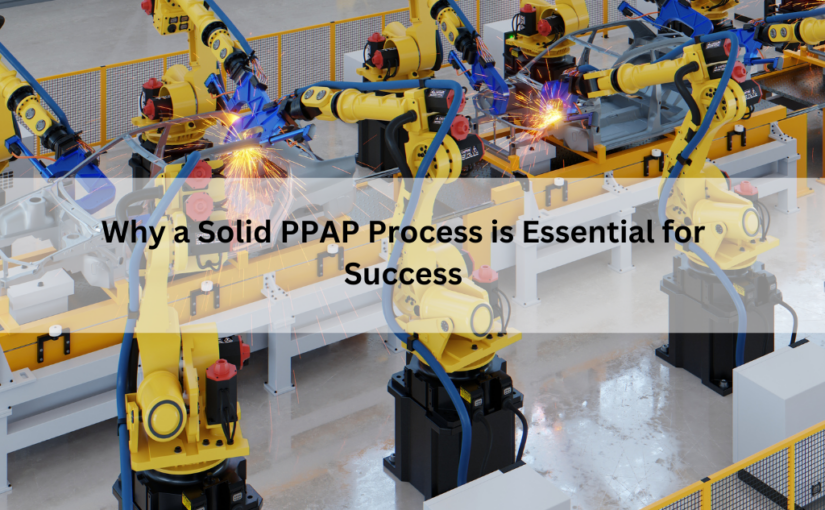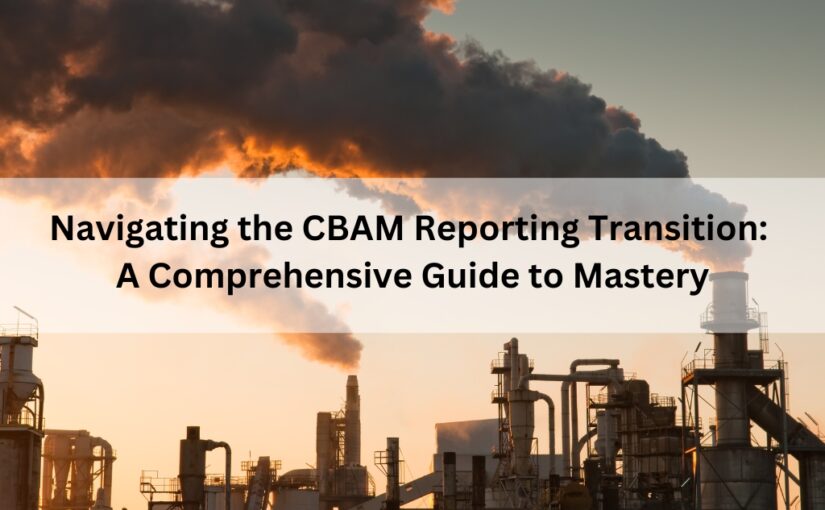Managing Obsolescence for Customers
As we mentioned in a previous entry, Obsolescence Management is not only a big issue for both the people involved in electronic and mechanical engineering but it is also a problem for customers. As a customer you want to keep as state of the art as possible with the equipment you are buying (especially if that is test and control equipment) without running into major costs all of a sudden.
Whenever vital equipment is purchased there are a number of things to consider. One of them is the equipment’s expected lifetime until it may be considered obsolete. The term obsolete means different things to different people – To the tax man, it means that the item doesn’t have much of a resale value any more and many high technology items have tax-lifetimes of below 5 years. Obsolescence to others may mean when the viable warranty and support period is over, thus they are taking a cue from a manufacturer about the product lifetime. In this new age of environmental compliance there may also be green-issues to consider and practices may well force obsolescence upon some equipment.
Once a number has been put next to any high value item, which is the number of years before it needs replacing then a timetable can be introduced to manage obsolescence and a staggering write off and replacement system can be implemented. It helps to feed this into the purchasing procedures so you have enough time to source replacement products.
Of course, some products never go obsolete but they do break, and sometimes they cannot be repaired. It is also worth checking that this may not be the case with something vital for your business. If it is, consider buying some more at the start so you have hot-swaps just in case.










